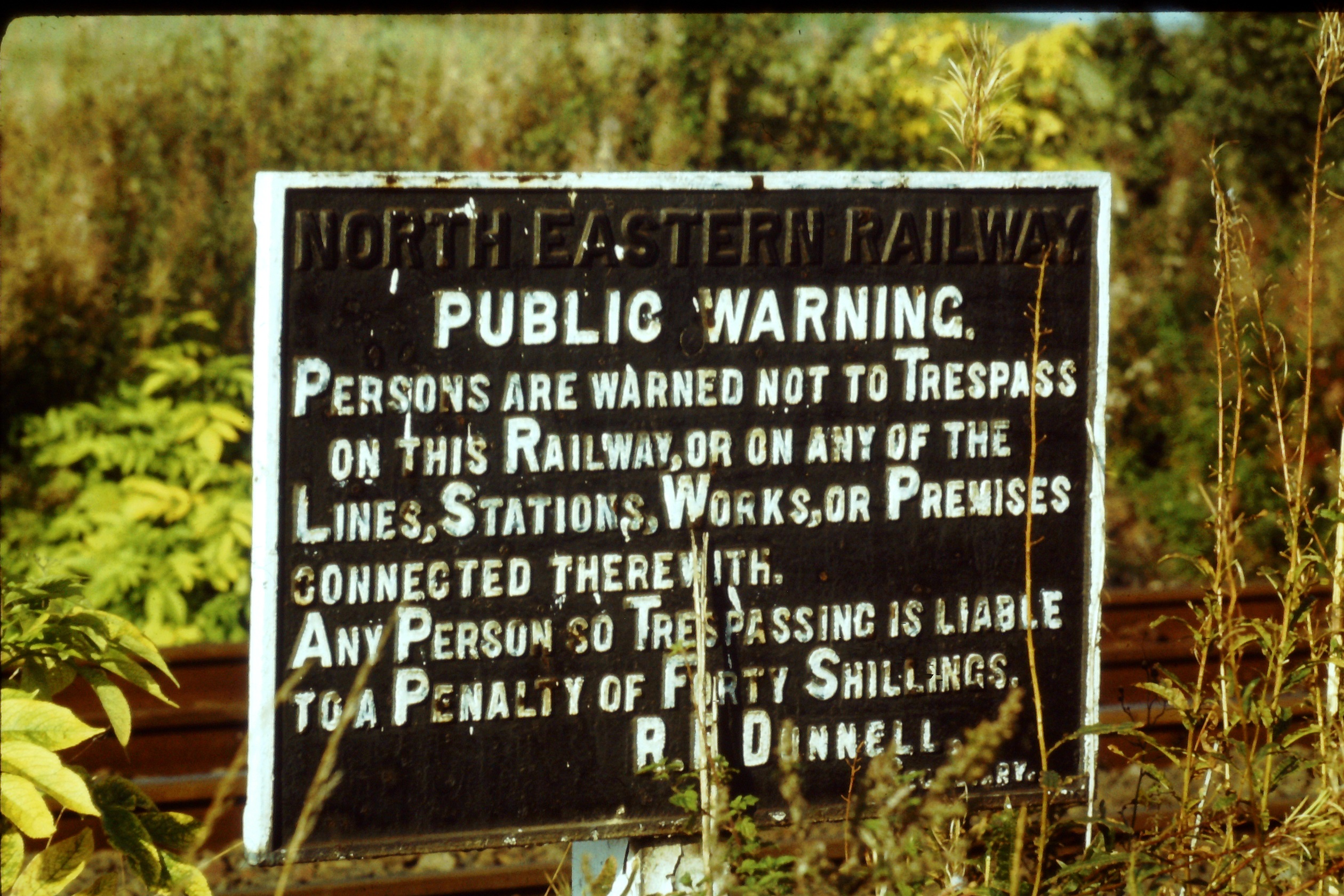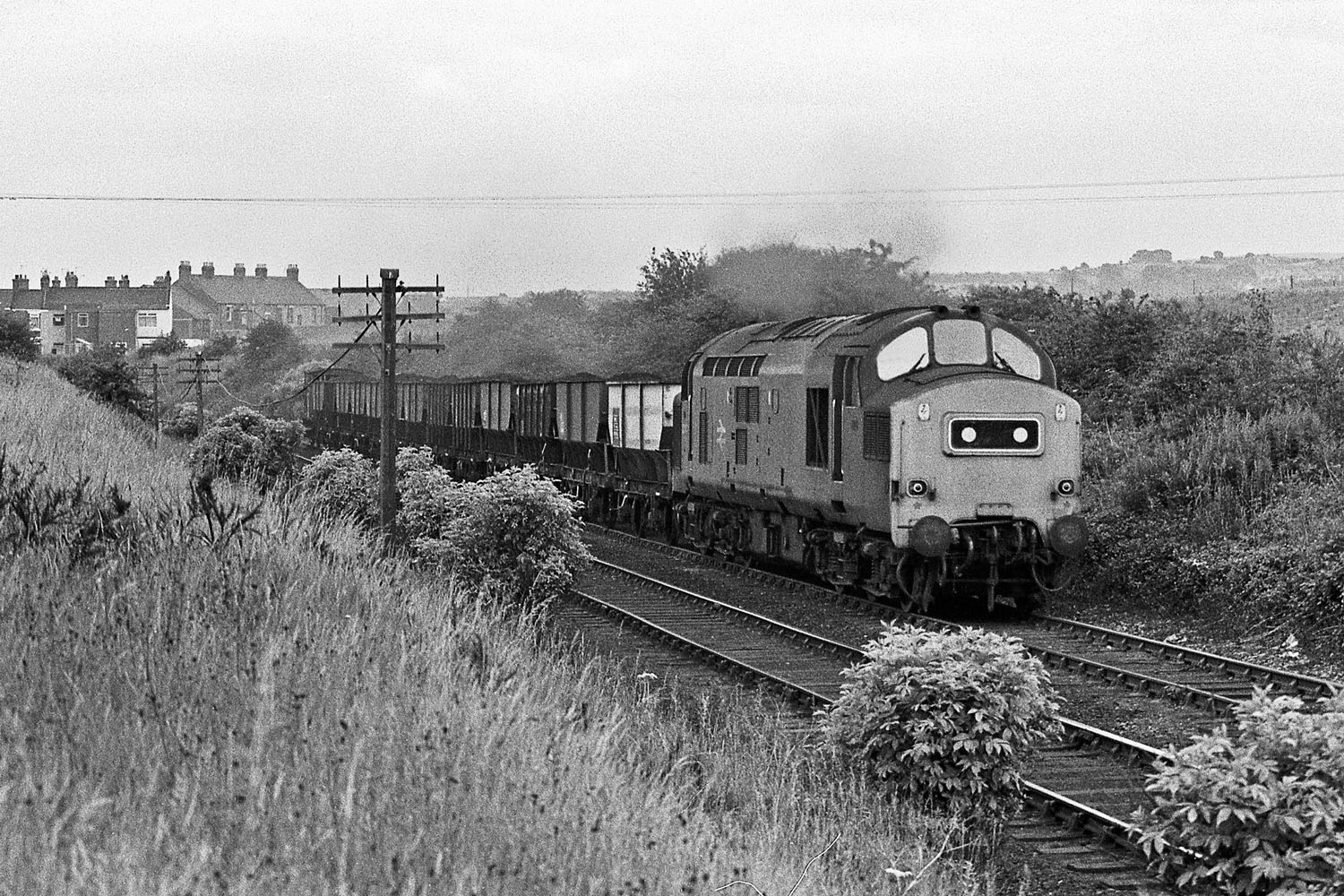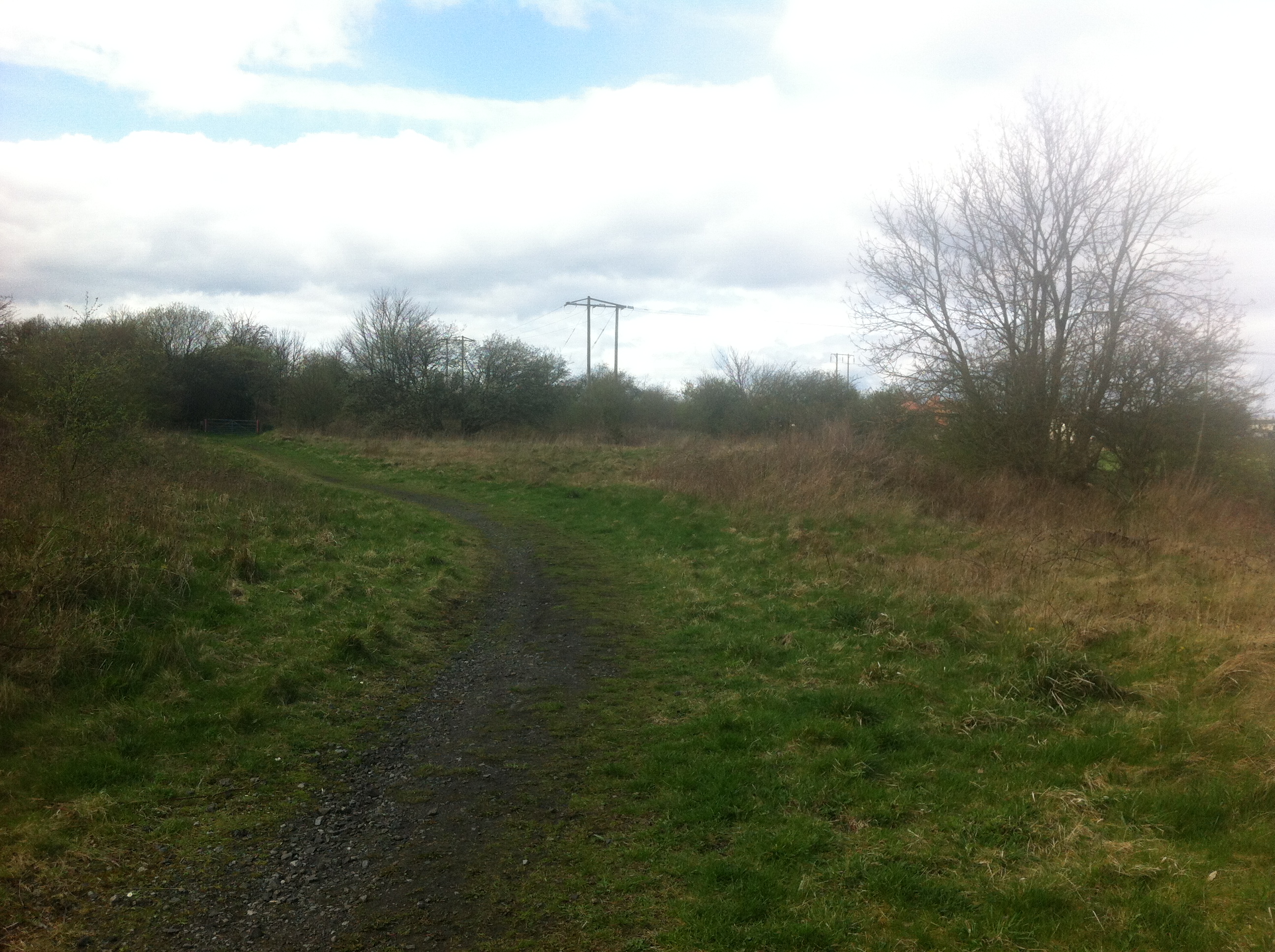
Situated a short distance up the line from Stella Gill on the way to Beamish, Pelton Station served the villages of both Pelton and Pelton Fell (the station was actually closer to Pelton Fell than to Pelton) with the passenger service commencing on 1 February 1894 run by the North Eastern Railway (NER). In 1923, as part of the Grouping, it became part of the London North Eastern Railway (LNER) then, in 1948, after the nationalisation of the railways, passed to the ownership of British Railways (BR).
Typical of the stations on the line, the buildings were timber with, as can be seen in the two older photographs of the station below, the main station building on the Newcastle side in the direction of South Pelaw with a signal box and smaller waiting shelter positioned on the platform on the side towards Consett. All the buildings were painted in the standard NER green/cream livery.

Passenger Services
In the early years in particular, Pelton was a busy station with 45,614 passengers booked in 1898, 63,706 in 1903 and 78,316 in 1913. However, like all the stations on the line, the number of passengers began to fall dramatically in the early 1920s with the introduction of local bus services and worse was to follow come the 1930s.
The passenger service ended, as at the other stations on the line, on 23 May 1955.
Goods Services
The goods yard, consisting of three sidings and a small goods shed, was on the north side of the line behind the main station buildings accessed via a narrow road, still there to this day, from Station Lane (called Marley Lane prior to the building of the station).
Pelton station handled 6,027 tonnes of brick from Consett in 1906 and 3,989 tons in 1907 and, whilst livestock was of little significance on the line, the station handled 2,334 head of livestock in 1907.

Goods traffic at the station in 1899 (excluding livestock and minerals such as coal, coke, limestone and lime) consisted of 6,335 tons forwarded and 42,967 tonnes received.
Tragedy Strikes
Pelton was the site of a tragic accident when, as a train from Consett slowed to stop at Pelton station on Saturday 21 April 1906, deputy overman at Pelton Fell colliery, Daniel Clasper, opened the door of the carriage compartment he was in as the train reached the bridge outside Pelton.
Clasper then stood on the footboard facing the van at the end of the train. Two fellow passengers told him not to step off until the train stopped, but Clasper jumped off onto the platform and fell onto his back (one witness describe Clasper as doing a ‘complete somersault’), falling between the end of the carriage he was on and the next carriage, becoming wedged between the footboard and the platform as well as between the footboard and the springs.
Clasper was dragged fifteen yards until the train stopped, and when it did part of the footboard had to be sawn away to retrieve Clasper who was dead, having suffered a dislocated neck and other injuries.
Clasper’s brother tried to claim that the train had stopped and then started again which had caused the accident but six witnesses testified that it had not done so.
Sources:
Shields Daily News, Monday 23 April 1906
Newcastle Daily Chronicle, Wednesday 25 April 1906

The 1911 census shows that Station Houses, next to the signal box on the map above, and visible in the photo below, were occupied by the Station Master in No1 then numbers 2-7 were occupied by two porters, two signalmen, a platelayer, a stoker and a gateman as well as their families.
The site of Pelton Station can be found on Google Maps here: 54°51’53.1″N 1°36’27.5″W – Google Maps
Pelton in the 1950s…



Pelton in the 1960s…








Pelton in the 1970s…



After Closure…
The following four photos from Paul Loynes show the bridge at Pelton and the track bed in the summer of 1986.




The Station Site Today…

Whilst the flat area that was once the small goods yard remains, there is nothing else to suggest that there was ever a station there now.
The following two photographs show the sites of the station and the goods yard in April 2014:


At the end of the station site towards South Pelaw stands another of the art installations on the line, King Coal by artist David Kemp.
This was built of stone from the dismantled Consett railway station bridge and bricks from old kilns, while British Coal provided the crown. It was put together by a stonemason and local volunteers and was, by sheer coincidence, finished on October 15 1992 – the very day of the announcement of the closure of the last pits in Durham’s once booming coalfields.

The photos below show the bridge that carried the Pelton Lane Ends road over the line. Much like the Pelton Lane road bridge at South Pelaw junction, this one was a plate girder bridge as shown in the photo below during the lifting of the track which has subsequently had the road deck rebuilt and the span below filled in:




92064,wheres that photo took at John?
It was captioned as having been taken at Pelton but I’ve been advised that it is in Stanley and comparison with one of the photos I have of the last passenger train confirms this so I’ve moved the photo to the Stanley page.
what a lot of memories this site brought back to me thank you
The photo with 37108,where exactly is that?
As far as I know, it is the section between Stella Gill and Pelton so, off to the right across the fields would be the Plough pub.
John
Cant believe the photo of the 40 banking the 9f at Pelton Bridge,I pass this location every day whilst driving my bus and imagine what it must of looked like without the trees, they are just taking over our planet.Brilliant image.
It’s a great shot isn’t it. When the weather improves, I’m going to go up and see if I get a ‘now’ shot of the same location.